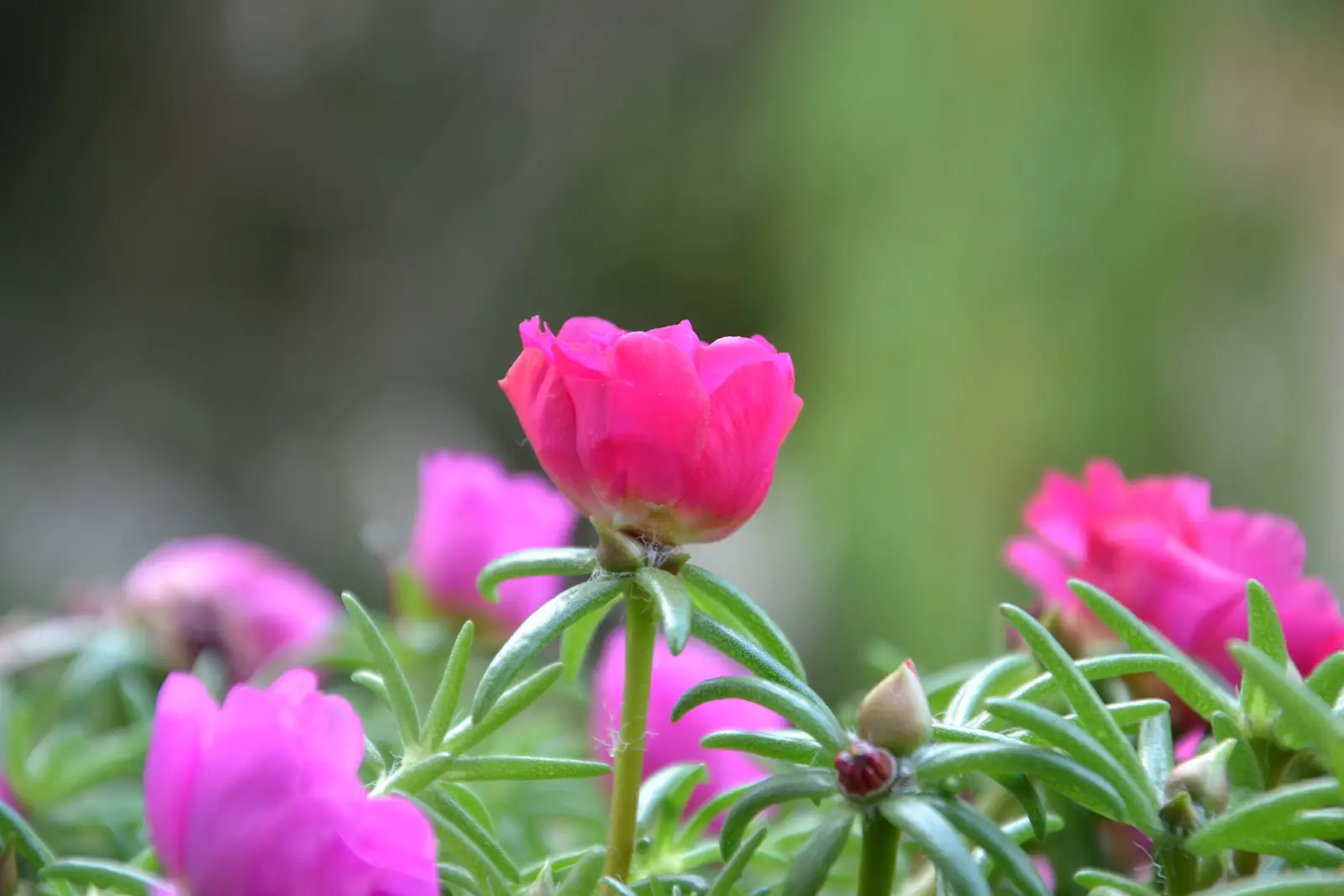Wingpod Purslane, a unique and attractive plant, is a member of the Portulacaceae family. Known for its succulent leaves and vibrant flowers, it adds color and texture to gardens, rockeries, or as a container plant. The leaves are often green to gray-green, and the flowers, which bloom in summer, come in shades of yellow, orange, or red.
This drought-tolerant plant is native to the southwestern United States and Mexico. Wingpod Purslane’s ability to thrive in arid conditions makes it a popular choice for xeriscaping, where water conservation is a priority. Its low-growing habit and spreading nature create an attractive ground cover, making it useful for controlling erosion on slopes.
The botanical intrigue of Wingpod Purslane doesn’t stop with its appearance. It has been used historically in traditional medicine, and some species are considered edible. With its combination of beauty, hardiness, and cultural significance, Wingpod Purslane is indeed a plant worth exploring.
| Common Names | Wingpod Purslane |
|---|---|
| Botanical Name | Portulaca umbraticola |
| Family | Portulacaceae |
| Plant Type | Perennial |
| Mature Size | 6-12 inches tall, spreading |
| Sun Exposure | Full Sun |
| Soil Type | Well-drained, Sandy or Gravelly |
| Hardiness Zones | 8-11 |
| Native Area | Southwestern United States, Mexico |
Wingpod Purslane Care
Wingpod Purslane is a plant that thrives with minimal care. It’s particularly well-suited to hot, dry climates where many other plants might struggle. Planting in the right location and soil type is essential, but once established, it requires little attention.
Watering should be done sparingly, as it’s more prone to problems from overwatering than underwatering. Occasional deadheading can prolong the blooming period, and a light feeding in early spring will give the plant a boost.
Light Requirement for Wingpod Purslane
Full sun is essential for Wingpod Purslane. This plant loves the heat and thrives in locations where it can bask in sunlight all day long. A minimum of six hours of direct sun daily is recommended.
Soil Requirements for Wingpod Purslane
Wingpod Purslane is not fussy about soil but prefers well-drained, sandy or gravelly soil. It’s highly tolerant of poor soils and even thrives in rocky, dry conditions where other plants may fail.
Water Requirements for Wingpod Purslane
As a drought-tolerant plant, Wingpod Purslane requires minimal watering. Allow the soil to dry between waterings to prevent root rot. Overwatering is more likely to harm this plant than underwatering.
Temperature and Humidity
Wingpod Purslane is adapted to hot, dry climates and can tolerate high temperatures. It is not frost-tolerant, so it should be grown as an annual or brought indoors in regions with cold winters.
Fertilizer
A light application of balanced fertilizer in early spring can promote growth. Avoid over-fertilizing, as this can lead to weak, leggy growth.
Pruning Wingpod Purslane
Pruning is rarely necessary for Wingpod Purslane. You may wish to deadhead spent flowers to encourage more blooms or trim back any leggy growth to maintain shape.
Propagating Wingpod Purslane
Propagation is typically done through stem cuttings or seeds. Stem cuttings can be rooted in soil or water, and seeds can be sown directly in the garden after the danger of frost has passed.
How To Grow Wingpod Purslane From Seed
Seeds can be sown directly in the garden in spring or started indoors 6-8 weeks before the last frost date. Keep the soil lightly moist until seeds germinate.
Common Pests & Plant Diseases
Aphids
Aphids may be attracted to the succulent leaves but can usually be managed with insecticidal soap.
Root Rot
Caused by overwatering, ensuring proper drainage can prevent this issue.
Common Problems With Wingpod Purslane
Leggy Growth
Caused by insufficient sunlight or over-fertilizing. Ensure full sun exposure and avoid excessive fertilization.
Few Blooms
This may result from planting in soil that is too rich or shady locations. Ensure full sun and well-drained soil.
Pro Tips
- Use Wingpod Purslane in rock gardens or as a ground cover for hot, dry areas.
- Mix with other drought-tolerant plants for a water-efficient landscape.
- Enjoy the vibrant flowers by planting near patios or walkways where they can be easily seen.




